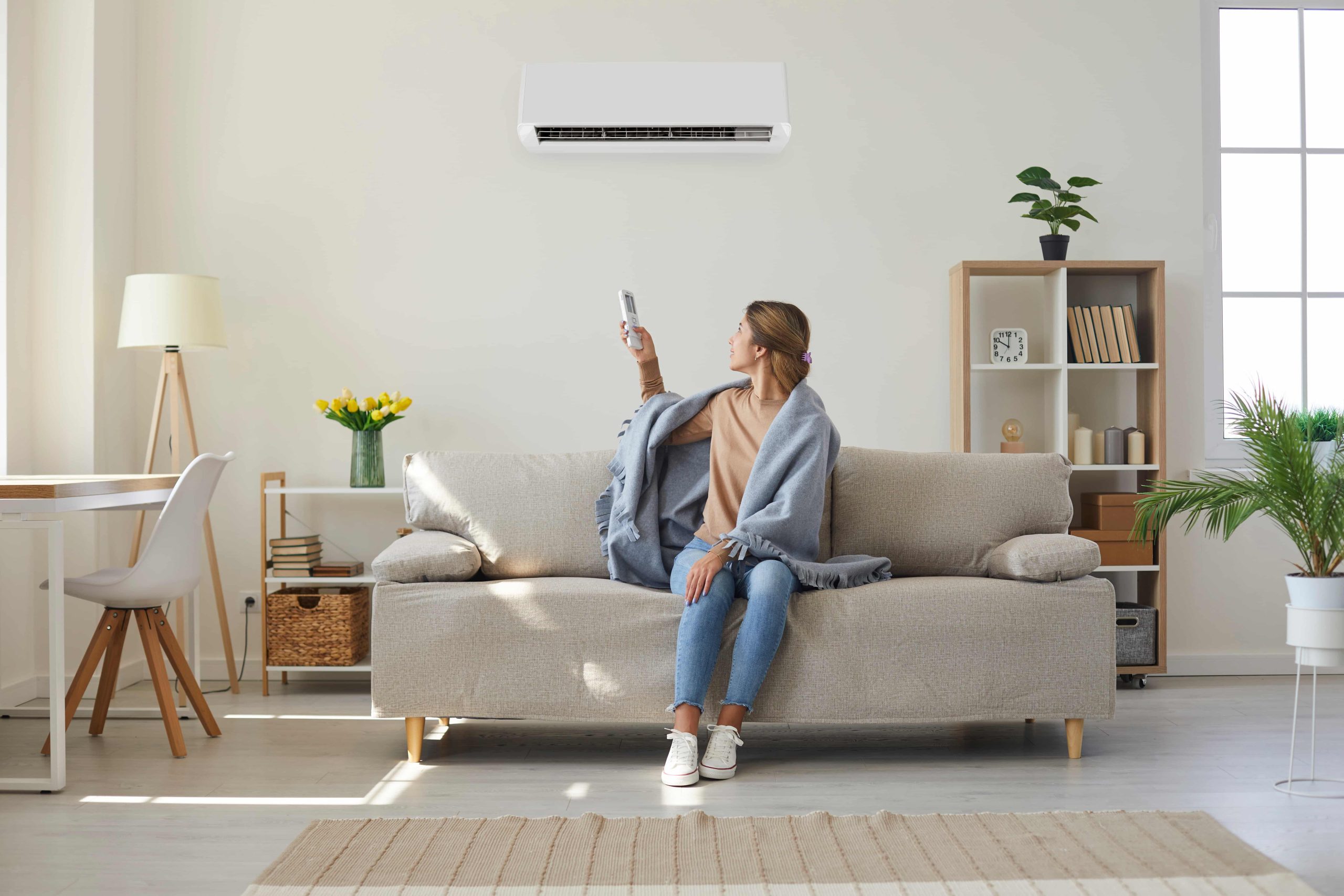Did you know that more than 30% of air conditioning energy is lost via ducts, and that number rises when the ducts are located in unconditioned areas like attics? This is where the benefits of mini-splits over an HVAC system for heating and cooling come in. Mini-splits don’t require ducts, so they don’t suffer the energy losses that conventional central forced-air systems do. Also, in contrast to other supplementary systems, they can provide more freedom in terms of interior layout. In addition, they are a viable option for energy-efficient homes with limited space for an air conditioning system or for room extensions when extending or building distribution ducting is not practical.
To this end, ductless mini splits can be truly beneficial for your home. However, there are several factors to take into account to get the most out of these heating and cooling systems. Take a look at these guidelines below.
1. How Many Mini Splits Do You Need?
If you want to cool a 1,500-square-foot home for example, you’ll need roughly 30,000 BTU (2.5 tons) of cooling output, which means you’ll need anything from one to three mini splits.
As a rule of thumb, we use a value of 20 BTU per square foot. Example: The required BTU output for heating a 1,500-square-foot residence is 1,500 x 20. Mini splits may be installed as one 30,000 BTU unit, two 15,000 BTU units, or three 10,000 BTU units.
Always keep an eye on the ventilation and doorways as it’s not sufficient to just match the cooling output (BTUs). One 30,000 BTU mini split, for instance, won’t be able to distribute enough cool air to all of your rooms if your home is very big. When this happens, you’ll be left with hot spots and uneven temperature distribution.
The Most Efficient Ways to Run Mini Splits
Please keep the following tips in mind to ensure that your ductless mini-split works smoothly:
2. Use the Automatic Pilot Mode
The temperature and ventilation in each zone may be automatically adjusted with most mini split systems. If you choose the automated mode, the system will take care of itself to keep the temperature within one degree of what you set it to. Furthermore, the system will automatically choose the best fan speed for maximum comfort and minimal energy consumption given the current environmental circumstances.
3. Avoid Turning Your Mini Split System On and Off
Your mini-split system allows you complete control over the temperature, whenever you choose. Nonetheless, if you want your system to function at peak efficiency, you should try to avoid powering it on and off too often. Mini splits eliminate the need for absentee shutoffs, which some homeowners use in an effort to save energy. Indeed, a consistent operation is optimal for mini-split systems.
If you leave your mini split on all the time, it will save you money on utility bills and maintain a more stable temperature with less effort. Therefore, it is highly recommended that you limit manipulation of the thermostat.
Maintenance Best Practices for Mini Splits
If you want optimal results from your ductless mini splits’ maintenance, it’s preferable to have one of our qualified ductless HVAC technicians do the work. Mini-split systems should preferably be serviced twice a year, in the spring and fall, for optimal performance. Maintenance includes mainly the following:
4. Running a Pre-Maintenance Check
- Adjust the thermostat to its highest cooling or heating setting.
- Ensure the air handler is operating normally with no strange sounds.
- Verify the air handler’s exhaust temperature.
- Check to see if the condensing unit is making any strange sounds while it is operating.
- Check the suction line’s “feel” while it’s set to cool mode.
5. Conducting an Overall Check
The system’s state and the areas that may require further inspection may be learned via a comprehensive inspection performed before any maintenance is begun on the system. Identifying anomalous wear patterns may prevent a catastrophic breakdown.
- If testing or cleaning is required, access panels may be removed from the inside and outside.
- Examine the insulation to ensure there are no exposed wires or nicks in the tubing.
- Inspect the plugs and wires.
- Examine the refrigerant connections and any exposed tubing for traces of oil.
- Be on the lookout for unusual deterioration.
6. Cleaning the Ductless Mini Split
Without regular maintenance, a mini-split system may collect dust and debris, which can then lead to mold growth. The steps for cleaning are as follows:
- Adjusting and replacing the ventilation system’s filters
- Prevent contamination by washing the blower wheel
- Inspecting, cleaning, and disinfecting the evaporator coil
- Condenser coil cleaning
- Cleaning the condenser’s coil and clearing the area surrounding its base
- Emptying the condensate pump and cleansing the drain line
7. How Cold Weather Affects Mini Splits
Mini splits are appealing due to their potential for great energy efficiency; nevertheless, you may be put off by reports of mini splits freezing up over the winter. In that case, do mini splits freeze up in the winter? During Denver’s cold winters, mini splits may freeze up. In the winter, the heat exchanger of an outdoor mini-split unit may freeze.
Mini splits, though, autonomously defrost, which means the warmth will be turned off for just a few minutes. Mini splits may make whistling noises and emit steam during defrosting, but this is nothing to be alarmed about. Mini splits that freeze over may not seem pretty, but they are very natural this time of year. These systems, therefore, include a defrost feature that regularly melts the snow on its own.
If your ductless mini split isn’t defrosting properly, don’t hesitate to contact our ductless air conditioning experts in Denver. Whether it’s a misconfigured thermostat, a defective fan, or faulty wiring, they’ll figure it out promptly!



